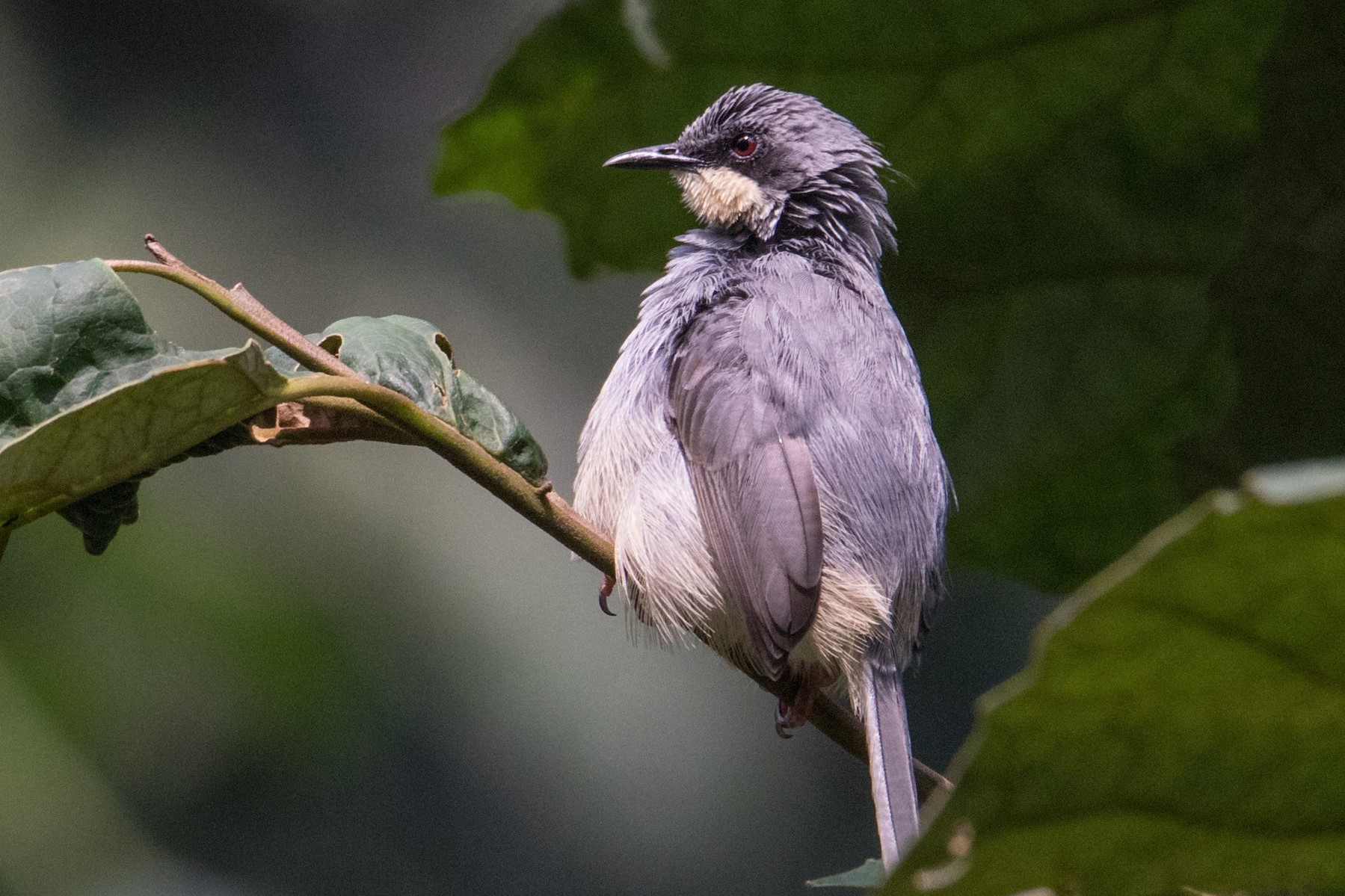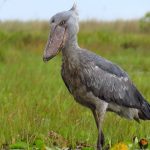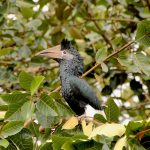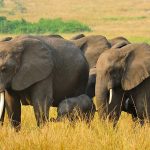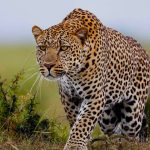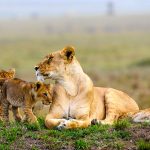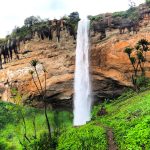Exploring the Enchanting White-chinned Prinia in Uganda
White-chinned Prinia (Prinia leucopogon) in Uganda. In the heart of East Africa lies a jewel of biodiversity, Uganda, a land blessed with an abundance of wildlife and avian wonders; Among the diverse avifauna that grace this country’s landscapes, one species stands out with its captivating presence and melodious calls—the White-chinned Prinia (Prinia leucopogon); Let’s embark on a journey to explore the life and habitat of this charming bird in the lush territories of Uganda.
The White-chinned Prinia: A Closer Look.
The White-chinned Prinia is a dainty bird, measuring around 12 centimeters in length. Its most distinctive feature, as the name suggests, is the white patch on its chin, contrasting beautifully with its cinnamon-brown upperparts and pale underparts; The slender, slightly curved bill is perfectly adapted for its insect-based diet, and its long tail aids in balance as it flits among the vegetation.
One of the endearing qualities of this avian species is its lively and melodious song. During the breeding season, which typically spans from March to May, the male Prinia perches atop shrubs or grass stalks, pouring its heart into a series of trilling notes, creating a symphony that echoes through the landscape. This vocal prowess is not just for pleasure; it plays a crucial role in courtship and territory defense.
Habitat and Distribution.
Within Uganda, the White-chinned Prinia finds its sanctuary in a variety of habitats, showcasing its adaptability and resilience. From the lush forests of Bwindi Impenetrable Forest National Park to the savannah woodlands of Murchison Falls National Park, these birds thrive in diverse ecosystems; They are particularly fond of areas with thick undergrowth, reed beds, and shrubby vegetation, where they build their intricate nests and forage for insects, spiders, and small invertebrates.
Life Cycle and Behavior.
The life cycle of the White-chinned Prinia is a testament to nature’s intricacy and the bird’s perseverance. Breeding season brings about a flurry of activity as males sing melodiously to attract mates and establish territories. Their cup-shaped nests, woven with fine grasses and hidden amidst dense foliage, provide a safe haven for raising their young.
During the non-breeding season, these birds often form small flocks, flitting among the vegetation in search of food and socializing with their fellow Prinias. Their social behavior and lively chirps add a harmonious ambiance to their natural habitats.
Conservation Status and Challenges.
While the White-chinned Prinia is not currently listed as a species of conservation concern, its habitat faces threats due to human activities such as deforestation, agriculture expansion, and climate change; Efforts to conserve Uganda’s rich biodiversity, including protected area management, community education, and sustainable land-use practices, are crucial for ensuring the long-term survival of not just the Prinia but all the flora and fauna that call this country home.
The Joy of Birdwatching in Uganda.
For bird enthusiasts and nature lovers, Uganda offers a paradise of birdwatching opportunities, with over 1,000 bird species recorded across its diverse landscapes; The chance to spot the White-chinned Prinia amidst the vibrant tapestry of Uganda’s wildlife is an experience that leaves a lasting impression, blending adventure with a deep appreciation for the wonders of nature.
Remarks: – White-chinned Prinia (Prinia leucopogon) in Uganda.
In conclusion, the White-chinned Prinia serves as a captivating ambassador of Uganda’s avian diversity, weaving its presence into the intricate fabric of the country’s natural heritage; Through conservation efforts and responsible tourism, we can ensure that future generations continue to marvel at the enchanting melodies and graceful presence of these feathered treasures in Uganda’s wilderness.

